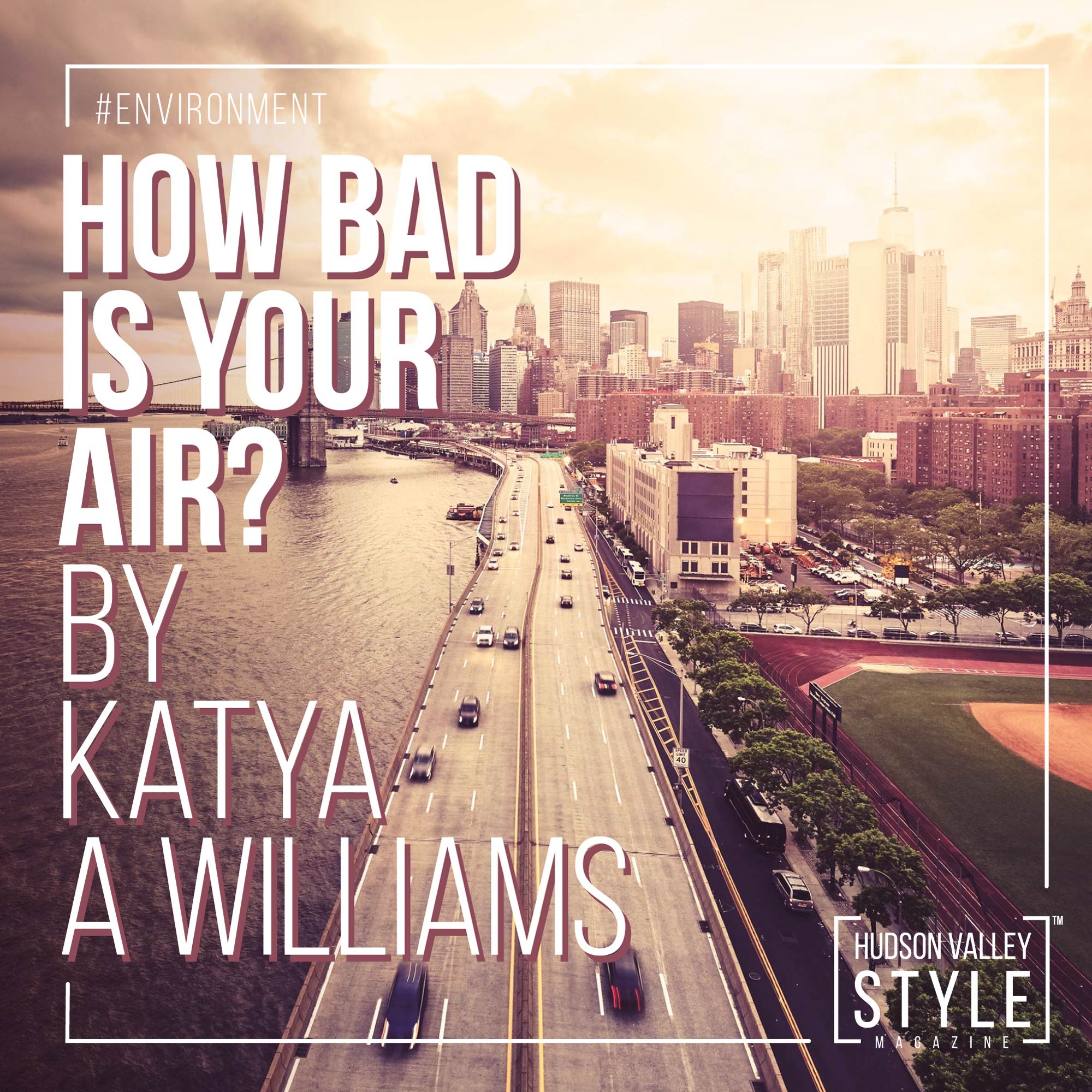How bad is your air?
by Katya A Williams, Hudson Valley Style Magazine Editor [ Sustainability and Social Responsibility ]
Clean air is something many people are desperate for. Air quality varies from one region to another, and the way the air is treated and maintained highly depends on the infrastructure and economic development, and the pollutants that are being produced by various sources.
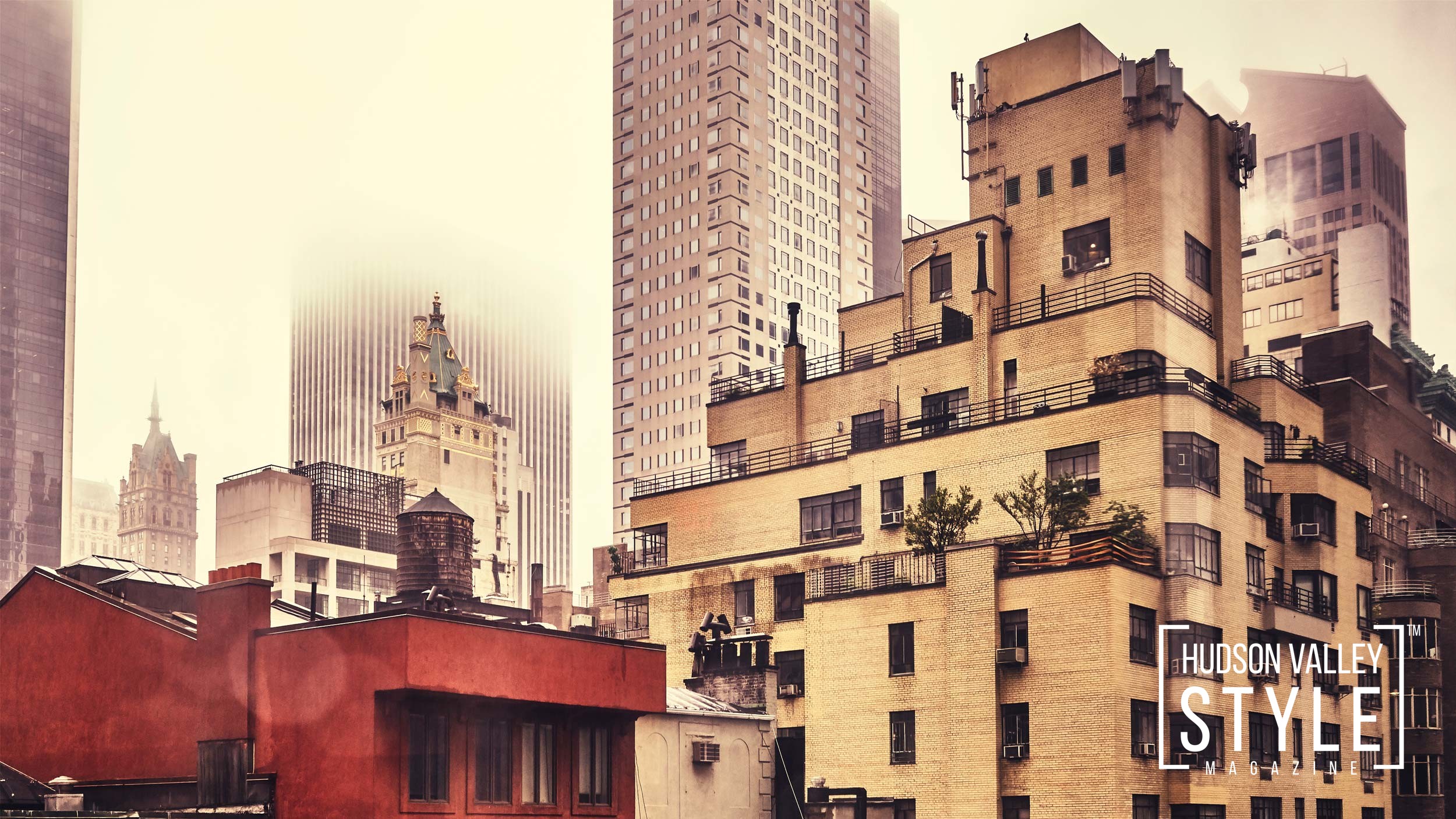
by Katya A Williams, Hudson Valley Style Magazine Editor, Sustainability and Social Responsibility
Air pollutants are gases and aerosols in the atmosphere that cause harm to humans and the environment. The pollutants can be natural (volcanoes, fires, dust storms) and anthropogenic – caused by human activity – fuel, oil, gasoline, and solid waste. It is important to understand that some natural pollutants can be removed from the biosphere by cleansing agents – sea salts, rain, sunlight and carried back to the ground in a non-toxic form. But if the pollutants get into higher levels of the troposphere, they may stay there for several days, and due to the ozone-depleting chemical resisting to cleansing agents, they will travel all the way to the stratosphere.
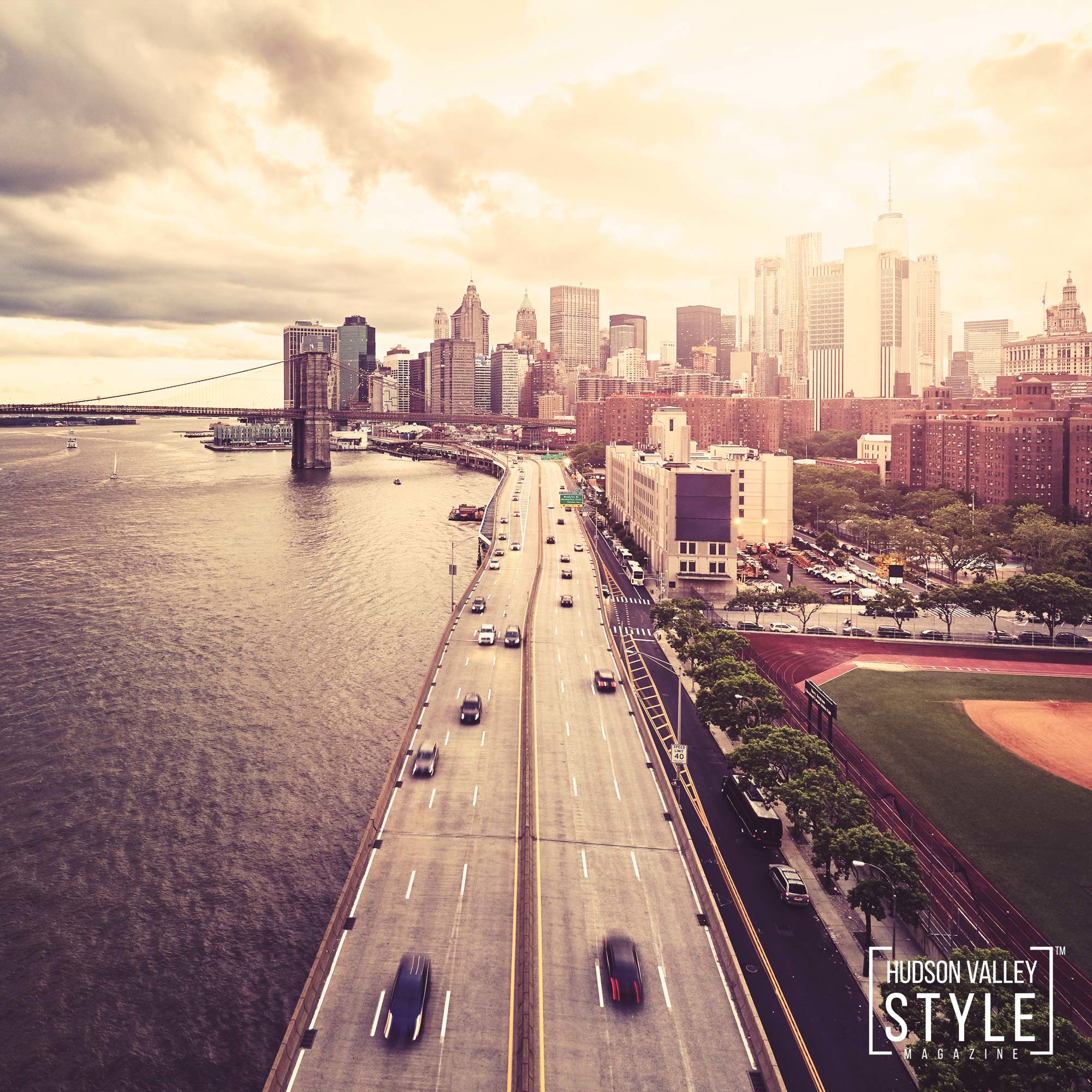
by Katya A Williams, Hudson Valley Style Magazine Editor, Sustainability and Social Responsibility
We all hear about smog almost every day. But what is it exactly? It is a combination of smoke and fog. Smog can be industrial – mostly coming from coal industries and forming in colder months of the year, and it can be photochemical – coming from automobile exhausts. Industrial smog may still be seen in China, India, Korea, and Eastern Europe, while photochemical smog can be noticed everywhere in the world.
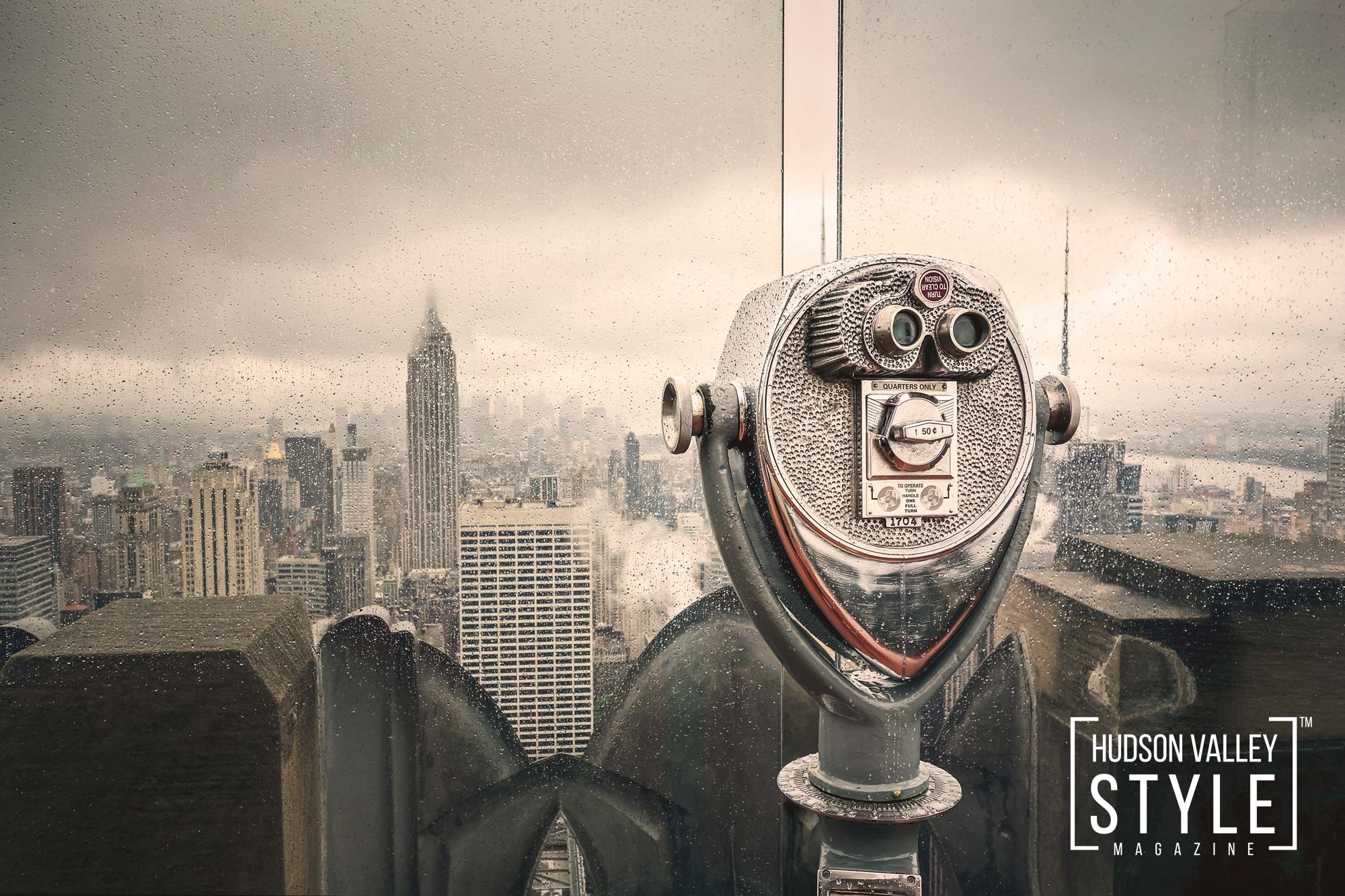
by Katya A Williams, Hudson Valley Style Magazine Editor, Sustainability and Social Responsibility
Many might have witnessed a brown color layer of air covering certain regions of the world – it is called the atmospheric brown cloud, or ABC. It is mostly produced by forest fires, burning of fossil fuels, waste from the farms, and household stoves, particularly in East and South Asia, South Africa, and Amazon Basin. It is also called global dimming and is known to have contributed to diminishing glaciers issue and chronic health conditions. China and India are affected by global dimming the most.
All this information makes us think about the area we are living in and learn about the quality of air in our home region. Mobile applications and websites come very handily when it comes to monitoring air quality today. Many devices are able to tell us what air we are breathing inside and outside of our home. According to the NYC Health website, New York City’s air quality is much better today than it was several decades ago, but air pollution is still one of the biggest health hazards to all residents. New Yorkers may continuously experience poor air quality due to a high number of particles in the air, called PM2.5, which may lead to heart and lung diseases and cause more visits to the hospital and emergency department. It is also important to remember about ground-level ozone in NYC, which may cause cough and throat irritation, and it is especially harmful to children and people with asthma.
Local officials recommend residents of New York to always check the air quality before spending time outside. But do remember: if tobacco smoking is allowed inside of the home, air quality may be worse inside than outside.
The impact of bad air on humans is irreparable. Exposure to sulfur dioxide can lead to bronchitis; long-term inhalation of ozone can cause fibrosis in the lungs; carbon monoxide may play a role in developing heart disease. Air pollutants can initiate respiratory conditions, such as COPD, asthma, and lung cancer. Toxic chemicals in the air can lead to neurological disorders and delays in brain development. One chemical has been directly linked to cancer – benzyne, used in motor fuel, solvents, detergents, explosives, and tobacco smoke.
Our environment, however, suffers more from air pollution than humans do. The majority of damage to crops, forests, and orchards is done by the exposure to ozone through plants’ pores, turning them yellow and black. Wild plants and forests, being in higher elevations, are even more exposed to ozone levels.
The main question always remains the same: what can we do for our environment and ourselves?
• Choose a cleaner commute by riding a subway, a bike, or walking.
• Make sure to reduce energy usage by setting your A/C thermostat at 78 degrees in summer, and heater at 69 degrees in winter.
• Consider finding a job with a shorter commute – one car less on a congested highway.
• Remember: With no air, there is no us.
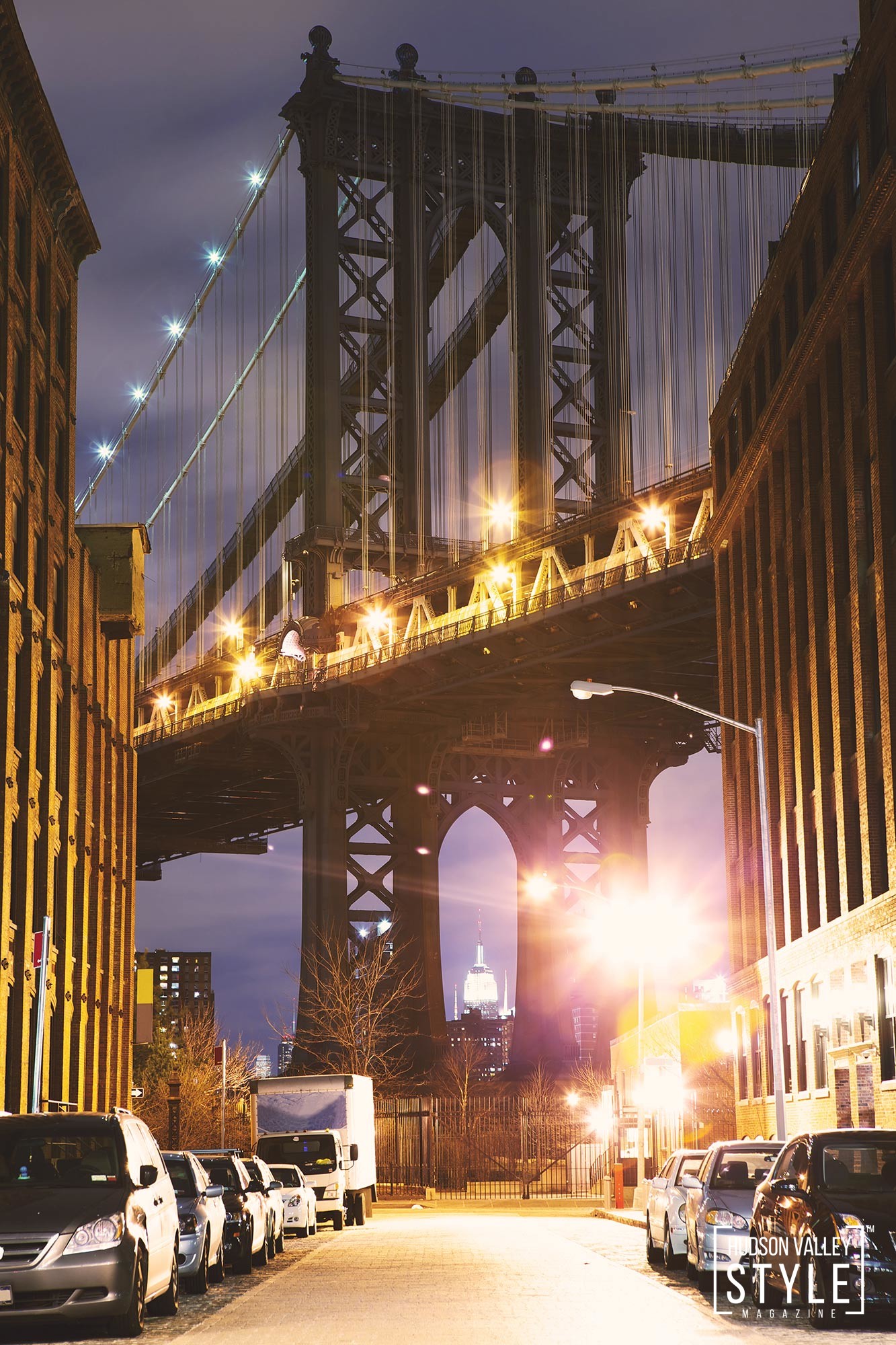
by Katya A Williams, Hudson Valley Style Magazine Editor, Sustainability and Social Responsibility
References:
Wright, Richard T., and Dorothy F. Boorse. Environmental Science: Toward a Sustainable Future. 13th ed., Pearson, 2017
NYC Health. www1.nyc.gov


